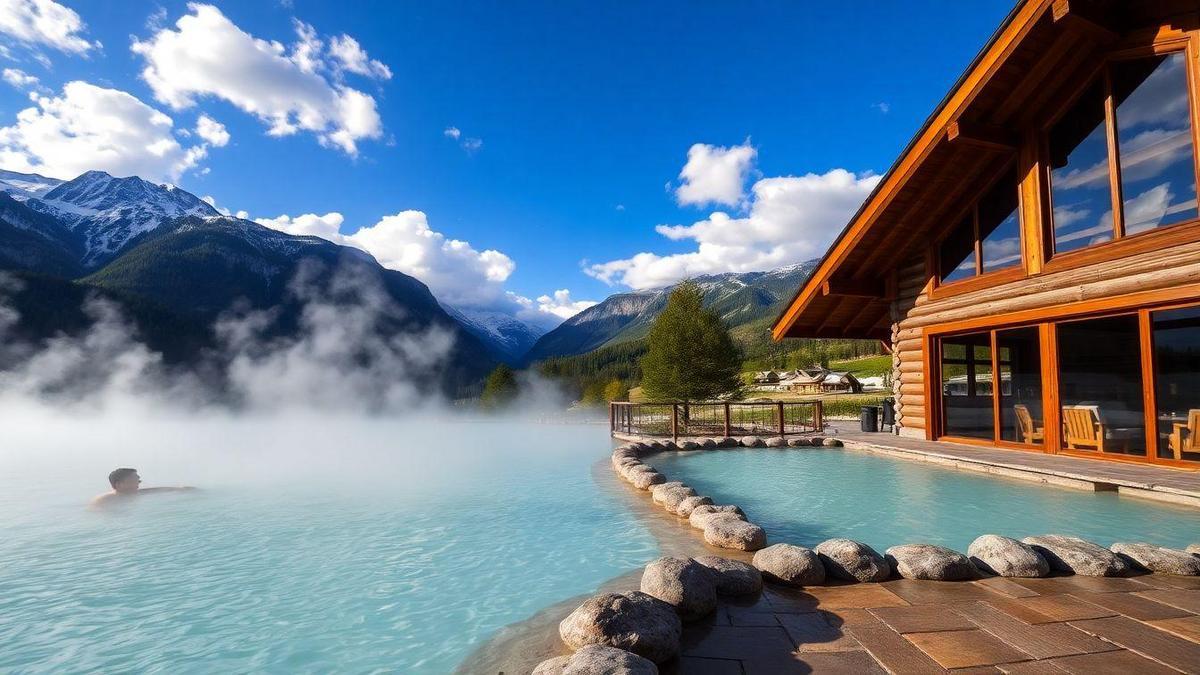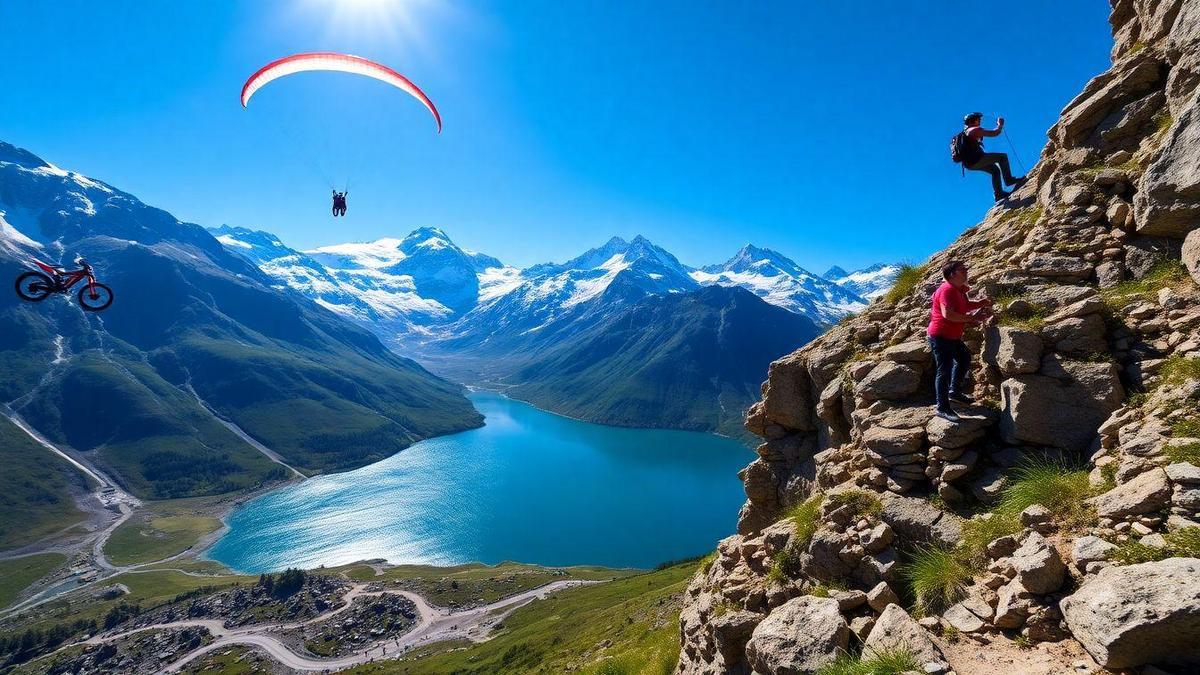
Essential Hiking Gear for Injury Prevention
Choosing the Right Footwear
When you think about hiking, your feet are your foundation. Choosing the right footwear is like picking the best tools for a job. You want shoes or boots that fit well and support your ankles. If your shoes are too tight or too loose, you might end up with blisters or worse.
Look for shoes that have a good grip, especially if you’re walking on rocky or slippery paths. Waterproof options can keep your feet dry if you encounter puddles or rain. Remember, a comfortable and sturdy pair of hiking boots can be the difference between a great adventure and a painful trek.
Importance of Proper Clothing
Your clothing can make or break your hiking experience. Wearing the right clothes keeps you comfortable and safe. Think about layers. Start with a moisture-wicking base layer to keep sweat away from your skin. Next, add an insulating layer for warmth, and finish with a waterproof outer layer to protect against rain or wind.
Don’t forget about accessories! A good hat can shield you from the sun, while gloves can keep your hands warm. It’s all about staying comfortable so you can focus on enjoying the views.
Essential Gear Checklist for Safe Hiking
Here’s a handy checklist to help you pack smartly for your hike:
| Gear | Purpose |
|---|---|
| Sturdy Hiking Boots | Support and grip |
| Moisture-Wicking Clothes | Keep dry and comfortable |
| Waterproof Jacket | Protection from rain and wind |
| First Aid Kit | Treat minor injuries |
| Water Bottle | Stay hydrated |
| Snacks | Maintain energy |
| Map or GPS Device | Navigate your path |
| Headlamp or Flashlight | Light your way in low visibility |
By packing these essentials, you’ll be better prepared for whatever comes your way on the trail.
Fitness Training for Hikers
Building Strength and Endurance
When you’re gearing up to climb a mountain, strength and endurance are your best friends. Imagine your body as a well-oiled machine. To keep it running smoothly, you need to build your muscles and stamina.
Start with strength training. Focus on your legs, core, and back. Here’s a simple list of exercises you can do:
- Squats: Great for your legs and glutes.
- Lunges: They work on balance and strength.
- Planks: Perfect for your core.
- Deadlifts: They help strengthen your back.
Aim for at least two days a week of strength training. Each session should include 8-10 reps of 2-3 sets for each exercise.
Now, let’s talk about endurance. You want to be able to hike for hours without feeling like you’ve run a marathon. Try these tips:
- Long walks: Start with 30 minutes and gradually increase.
- Hiking: Find local trails and hike regularly.
- Cardio workouts: Activities like running, cycling, or swimming can boost your stamina.
Flexibility and Balance Exercises
Flexibility and balance are just as important as strength. Think of them as the glue that holds everything together. They help prevent injuries and keep you moving smoothly on uneven terrain.
Here are some exercises to include:
- Stretching: Focus on your legs, hips, and back. Hold each stretch for 15-30 seconds.
- Yoga: It improves flexibility and balance. Even a few minutes a day can make a difference.
- Balance exercises: Try standing on one leg or using a balance board.
Creating a Fitness Routine for Hiking
To make sure you stay on track, create a fitness routine. Here’s a simple table to help you plan your week:
| Day | Activity | Duration |
|---|---|---|
| Monday | Strength Training | 30 minutes |
| Tuesday | Cardio (running) | 30 minutes |
| Wednesday | Flexibility (yoga) | 20 minutes |
| Thursday | Strength Training | 30 minutes |
| Friday | Long Walk | 1 hour |
| Saturday | Hiking | 2-3 hours |
| Sunday | Rest or light yoga | 20 minutes |
By sticking to this routine, you’ll build the strength, endurance, flexibility, and balance you need for your mountain adventure. And remember, injury prevention methods for mountain hiking enthusiasts are key to enjoying your journey. Listen to your body, rest when needed, and keep pushing forward.
Warm-Up Routines for Hiking
Benefits of Stretching Before Hiking
Stretching before you hit the trail is crucial. It helps get your muscles ready for the hike ahead. Think of it like warming up a car before a long drive. You wouldn’t want to jump in and go full speed, right? Here are some benefits of stretching:
- Increases Flexibility: Stretching helps your muscles stretch and move better.
- Reduces Risk of Injury: Looser muscles are less likely to get hurt.
- Improves Blood Flow: This gets more oxygen to your muscles, so you have more energy.
- Boosts Performance: You’ll feel stronger and more ready for the climb.
Simple Warm-Up Exercises to Try
Before you start your hike, try these simple warm-up exercises. They don’t take long and can make a big difference.
| Exercise | How to Do It |
|---|---|
| Arm Circles | Stand straight and make big circles with your arms. Do this for 30 seconds. |
| Leg Swings | Hold onto something for balance and swing one leg forward and back. Switch legs after 30 seconds. |
| Hip Circles | Place your hands on your hips and make circles with your hips. Do this for 30 seconds in each direction. |
| Calf Raises | Stand tall and lift your heels off the ground. Hold for a second, then lower. Repeat 10 times. |
How to Warm Up Effectively for Your Hike
To warm up effectively, you want to focus on the muscles you’ll use the most. Start with light cardio, like walking or jogging in place, for about 5-10 minutes. Then, follow it up with the stretches listed above. Here’s a quick step-by-step:
- Light Cardio: Walk or jog in place for 5-10 minutes.
- Dynamic Stretches: Do the exercises from the table.
- Listen to Your Body: If something feels tight, spend a bit more time stretching that area.
By doing these warm-up routines, you’re taking a big step towards injury prevention methods for mountain hiking enthusiasts. You’ll feel more energetic and ready to tackle the mountain.
Hiking Trail Safety Guidelines
Understanding Trail Markings
When you hit the trails, knowing how to read trail markings is key. These signs guide you on your journey. They can tell you which way to go, how tough the trail is, and what to watch for. Here’s a quick guide to common trail markings:
| Marking | Meaning |
|---|---|
| Solid Color | Main hiking trail |
| Dotted Line | Side trails |
| Symbols | Caution or special points of interest |
Take a moment to familiarize yourself with these markings. They can help you avoid getting lost or ending up on a challenging path that’s beyond your skill level.
Staying Aware of Your Surroundings
As you hike, keeping your eyes peeled is crucial. The trail can change quickly. You might encounter wildlife, sudden weather shifts, or tricky terrain. Here are some tips to stay alert:
- Listen for sounds around you. The rustle of leaves or distant animal calls can signal something nearby.
- Look for changes in the trail. A sudden drop or loose rocks can be dangerous.
- Stay focused on your path. Avoid distractions like your phone or deep conversations.
Being aware helps you stay safe and enjoy your hike to the fullest.
Tips for Safe Hiking on Different Trails
Not all trails are created equal. Each one comes with its own set of challenges. Here are some tailored safety tips for various types of trails:
- Easy Trails: Stay hydrated and enjoy the scenery. Even on simple paths, watch for roots or rocks.
- Moderate Trails: Bring a buddy along. It’s safer, and you can help each other if something goes wrong.
- Difficult Trails: Make sure to have the right gear. Good shoes and a first aid kit can make a big difference.
Remember, safety first! You want to come back from your hike with great memories, not injuries.
Hiking Injury Prevention Techniques
Recognizing Signs of Fatigue
When you’re out on a hike, listening to your body is crucial. Fatigue can sneak up on you like a shadow in the woods. Here are some signs to watch for:
- Heavy Breathing: If you find yourself gasping for air, it’s time to slow down.
- Muscle Tension: Notice any tightness or soreness? That’s your body telling you it needs a break.
- Dizziness or Nausea: These symptoms are serious. They indicate you should rest immediately.
- Loss of Coordination: If you start tripping or stumbling, it’s a clear sign to pause.
Being aware of these signs can help you avoid pushing yourself too far. Remember, it’s perfectly okay to take a breather.
How to Avoid Common Hiking Injuries
Injuries can happen to the best of us, but you can take steps to stay safe. Here are some practical tips to keep you on your feet:
- Wear Proper Footwear: Invest in good hiking boots. They provide support and grip.
- Stay Hydrated: Drink water regularly. Dehydration can lead to cramps and fatigue.
- Warm Up: Stretch before you start hiking. This helps prepare your muscles for the journey ahead.
- Know Your Trail: Familiarize yourself with the trail. This will help you anticipate challenges.
By following these tips, you can reduce your chances of getting hurt while enjoying nature.
Strategies for Reducing Hiking Injuries
Here’s a handy table to summarize different strategies for preventing injuries:
| Strategy | Description |
|---|---|
| Pace Yourself | Start slow and gradually increase your speed. |
| Take Breaks | Rest regularly to avoid overexertion. |
| Use Trekking Poles | They can help with balance and reduce strain. |
| Watch Your Step | Pay attention to the trail to avoid tripping. |
These strategies can be your best friends on the trail. They help you stay safe and enjoy the hike.
Mountain Hiking Safety Tips
Planning Your Hike Ahead of Time
Before you lace up your boots and hit the trails, planning is key. Think of it like preparing for a big game. You wouldn’t just show up without a strategy, right? Start by checking the weather forecast. A sunny day can quickly turn into a storm, and you want to be ready for anything.
Also, familiarize yourself with the trail. Look for maps online or use a hiking app. Knowing the terrain can help you avoid getting lost. Don’t forget to tell someone where you’re going. It’s like leaving a breadcrumb trail for safety.
The Importance of Staying Hydrated
Staying hydrated is crucial. Imagine trying to run a race without water. Your body needs fluids, especially when you’re hiking up steep paths. Aim to drink water regularly, even if you don’t feel thirsty. A good rule of thumb is to drink about half a liter every hour.
You might want to pack a water bottle or a hydration pack. Here’s a simple table to help you remember how much water to bring based on your hike duration:
| Duration of Hike | Water Needed |
|---|---|
| 1 hour | 0.5 liters |
| 2 hours | 1 liter |
| 4 hours | 2 liters |
| 6 hours | 3 liters |
Key Safety Tips for Mountain Hiking Enthusiasts
When you’re on the mountain, keep these safety tips in mind:
- Wear the right gear: Sturdy shoes and weather-appropriate clothing can make a world of difference.
- Stay on marked trails: This helps prevent getting lost and protects the environment.
- Watch for wildlife: Keep a safe distance from animals. They’re beautiful, but they can be dangerous.
- Know your limits: If a trail feels too tough, it’s okay to turn back.
Injury prevention methods for mountain hiking enthusiasts are all about being prepared and aware. Take your time, listen to your body, and enjoy the journey.
Frequently Asked Questions
What are some injury prevention methods for mountain hiking enthusiasts?
Stretching and warming up before your hike can help you avoid injuries. Make sure to do some light exercises to prepare your body.
How important is proper footwear when hiking?
Wearing the right shoes is key! Good hiking boots provide support and reduce the risk of twisting an ankle.
Can I prevent blisters while hiking?
Yes, you can prevent blisters by wearing moisture-wicking socks and breaking in your shoes before your hike. Keep your feet dry and comfortable!
Should I hike with a buddy for safety?
Absolutely! Hiking with a friend makes it safer, and you can help each other if someone gets injured. It’s always good to have a buddy!
What should I do if I feel pain while hiking?
Listen to your body. If you feel pain, take a break and assess the situation. Don’t push through pain; it could lead to a serious injury.


